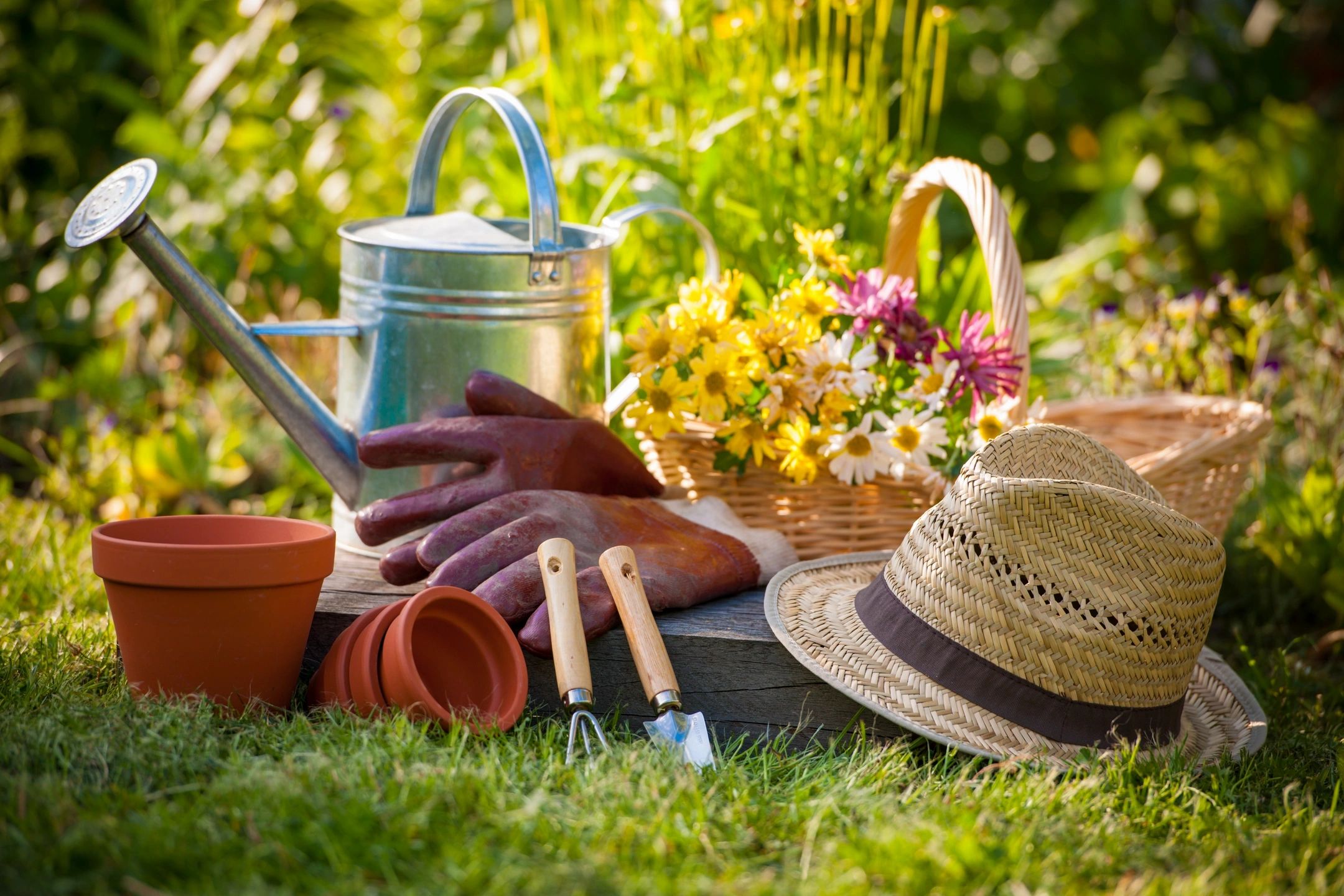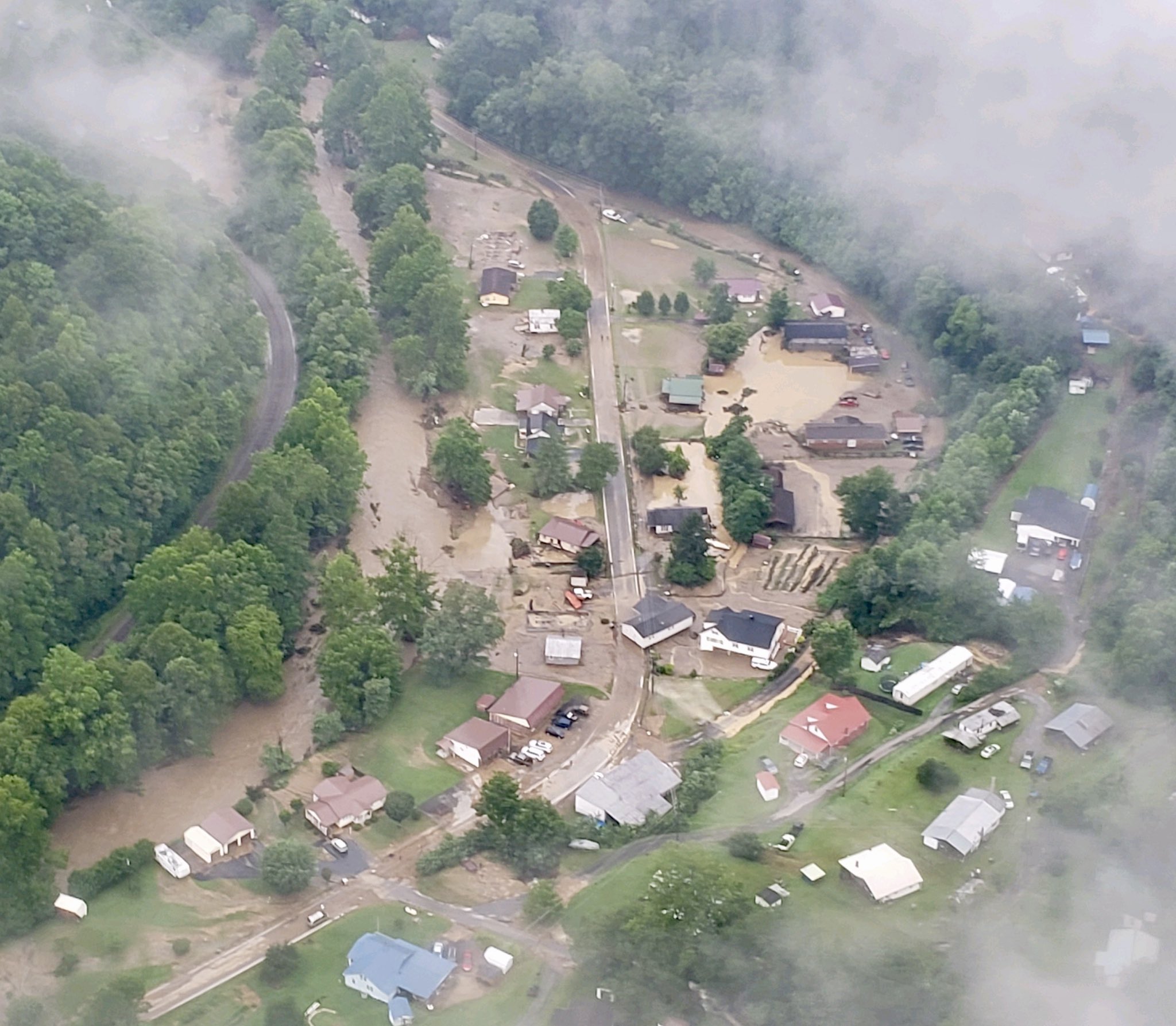Mr. Jefferson would compete with his neighbors to see who could get their pea crop to table first. His personal best? A patch of early peas known then as Charlton Hotspur (today’s Prince Albert variety) which Jefferson planted in Paris on 24 February and sprouted by 14 March — that’s 21 days for those counting and absolutely unheard of anywhere in that sort of cold, with peas typically requiring a soil temperature of 55F to sprout.
How cold was it in Paris at the time? Mother Nature was certainly of no help — Jefferson recorded the temperature at the Hotel de Langeac that morning to be 20F and a blustery 33F that afternoon — which means we are left with one of three options: a cold frame consisting of glass designed to keep the soil and ambient air temperature warm enough, a hot bed consisting of all of the advantages of the cold frame but with hot (which is to say, undecomposed) manure just underneath the soil mixed with something for it to decompose such as leaves, straw, or hay, or the final option of a greenhouse — which Mr. Jefferson is not recorded to have at the Hotel de Langeac. Suffice to say, Jefferson most likely employed a good ol’ fashioned hot bed to encourage his peas.
Of course, Jefferson had an advantage — a microclimate on the southeast facing of Monticello which brings his garden from the locally known USDA Zone 6b designation to a California-esque Zone 9a. Yet even with this advantage, a local merchant by the name of George Divers most always carried the day in the contest with his neighbors as to who could bring peas forward the first. On the sole occasion Jefferson won the contest, he demurred to Divers, saying that “it will be more agreeable to our friend to think that he never fails.’“
The process from seed to table for peas isn’t terribly lengthy, but there are any number of things that could go right or wrong. First and foremost, peas need the soil to be at or over 55F and do not like ambient air temperature above the mid-80s. Cool spring days in April are preferred, though they most certainly tolerate cold and sometimes a light frost.
Everyone knows that soil is important. Peas are excellent starter plants for even the greenest of thumbs in this regard. True, they love soil that has a good deal of organic matter which gardeners call loam — this can be decomposed leaves, peat moss, or just good garden soil — which not only helps add nutrients as it decays but also helps absorb just the right amount of water without drowning your peas. The added benefit when mixed with Virginia red clay is that it drastically improves your patch of paradise while taking full advantage of all the mineral benefits of clay. If your dirt is this dry, greyish-brown chalk which is the inheritance of either too much corn and tobacco farming or the virtues of living in the Piedmont, peat moss and manure are your friends as well.
In fact, you really can’t go wrong with equal parts peat moss, manure, and soil for anything getting started. Just do that.
Peas — I’ve discovered — appreciate growing on mounds. Nothing fancy, about 4-6” higher than your trough, and just let them catch the sun a bit. Not only does it heat the soil a bit more, but it also helps drain the soil as well.
Insofar as when you should plant peas, I will readily admit that I am the sort of gardener that will go out and plant peas on 01 February if I believe Mother Nature and global warming are at my back. More often than not I am disappointed. March 15th is my typical kickoff for my spring garden where peas, potatoes, lettuce and broccoli go in — yet inevitably there is a spring frost. The gods tell me that our last spring frost in Zone 7a supposed to be April 15th, but we have had frosts in Virginia as late as May 11th back in 2020. The long moral to this story is that it doesn’t matter when you plant your peas, so long as you are prepared to learn the lesson that the peas will grow in their own damn time and there’s nothing you or God or the Virginia Tech Extension Office can do about it.
When the soil is warm enough, the peas will grow. When the soil is actually warm enough, the peas you plant then will be better than the peas you prematurely planted in February in order steal a march of Mr. Jefferson and Mr. Divers.
Mr. Jefferson grew something on the order of 15 different varieties of peas. Some shorter than others, some used for soups, most used for peas the way we all eat them. Some you can eat with the shell — all shells are edible — and some that taste like pea shells and not peas. This is the fun part. Some peas such as the Capuchiners have a purple shell. Some like snow peas you can eat shell and all and make great stir fry (and survive cold weather well). Some like the Wando and Alaska varieties are prolific and do not require a great deal of support from a trellis. The larger ones can grow up on a hoop of fencing and do extremely well.
Once you get past April and your peas start getting longer and longer, it’s time to think about stakes. Colonial Williamsburg simply trims up branches from trees — I suspect orchards — and lets the peas do their thing naturally. I have used willow and red bud branches and sometimes the bamboo sticks you can buy at the hardware store. For my Champion of England peas, I do what they do at Monticello and use three 6’ poles tied together and let the runners go up.
One word on weeding? So long as you keep ahead of the game, just use a spade and pull them up and leave them there. Decaying weeds add phosphorus to the soil they would otherwise steal from your nitrogen-fixing peas. My solution is a good 6 inches of straw once the peas are tall enough not to be strangled by the bedding. Not only does the straw decay over time and adds nutrients to your otherwise terrible soil (see the Ruth Stout Method) but it keeps the weeds down. Plus, you can simply add another 2 inches every year and put your tomatoes in by May.
By May, your peas have flowers of soft white and pink and purple. Most importantly and interesting of them all, they bring bees and other pollinators — and without them, you don’t get any peas. Once those flowers flower, from each of them are going to grow a single pocket containing anywhere from 8-12 peas. About three weeks after flowering, you should start seeing pea pods ready to be picked. How do you know? Well… you just do. Pick one and eat ‘em — see if you like it. If you do, they’re ready. If not, give it another day or two.
One word about picking peas. Always do this in the morning when the sugars are in the peas themselves. During the day, this giant fiery orb in the sky heats up the leaves and does this thing called photosynthesis, turning those sugars we love into the starches we hated as kids. So pick them in the AM and leave them in the pod until you are ready to cook them in the PM — and thank me later.
How many peas should you plant? For myself, I have a 20 x 20 box specifically built for pea production, surrounded by lavender and boxwoods (i.e. things deer hate) with about six mounds which need to be tended to before March 15th. If you are a beginner, don’t feel like you have to go all Thomas Jefferson with it — start out with a Square Foot Garden of four feet by four feet and grow 16 things you love. Give it as southern a facing as you can and as much sun as you can. If you want to, buy some dirt from your local hardware or gardening store and remember to water it every 2-3 days or so. Just enough to catch the bug.
Do 12 peas and 4 Romaine lettuces at first because they are easy and very forgiving, then in May when the peas have done their job for God and country? Do 4 marigolds, 4 peppers, one bit each oregano, basil, dill and cilantro, and then 4 tomatoes (Roma are my favorite because you can do anything with them — especially spaghetti paste). By the fall? Do 8 garlic and 8 onion. Or do whatever this handy planting guide tells you for your appropriate zone.
Start Imagining and Get Started
Everyone has one part of the yard they know needs improvement. Or better still, some four foot-by-four foot section of the yard that just needs that extra special thing. Or even better than that, some fraction of it that could — just could — look like Colonial Williamsburg.
Which brings us to the most important and pivotal point — buying your seeds!
Of course, you can buy seeds from the local hardware store and pay $3.99 a pack for more seeds than you will use and for what cost just $0.79 a pack three years ago (make of this what you will). Just save them for next year and plant two seeds per plot. Better options are of course your local co-op or Southern States, where for the same price you can buy a few hundred seeds (if you are that ambitious).
Yet there is something to be said for buying seeds which have acclimated to the Virginia climate. The stuff you buy at Lowes or Home Depot or even Southern States isn’t from here. Some of them are hybrid, which gives wonderful yields but sterile seeds — and some are genetically modified to be resistant to either disease or weed suppressant. If you can find them, go to a seed swap and see what you can learn about a Virginia gone by. If you cannot find local gardeners and farmers, try buying from here:
- Seedman.com — not to be confused with Seedsman where you can buy one plant in particular and whose instructions on how to grow are similar to that of tomatoes. Seedman is out of Mississippi and has one of the largest collections of seeds in the world — weird stuff, out of state stuff, tobacco seeds, trees, coffee, pepper… it’s like browsing a library of 500,000 books.
- Thomas Jefferson’s Monticello — Founded in 1986, the Thomas Jefferson Center for Historic Plants not only cultivates a great number of historic and hard to find heirloom varieties, but they are also dedicated to finding and preserving the sort of varieties Jefferson himself might have used. The prices are comparable to what you might find at big box stores, but they are all non-GMO and locally grown in Albemarle County by people who know. Plus if you ever want to get inspiration, you can always come visit Monticello — a good deal.
- Colonial Williamsburg — I will admit, Colonial Williamsburg has floundered as of late by de-emphasizing the gardens as a tourist attraction, seeking to turn it into a more interpretive site. This year will be the true test, as not only is Colonial Williamsburg bringing back the old garden — though sadly as an admissions only affair — but they are expanding the gaze to turn it into an African-American interpretive site where African foods expand the Virginian palate so as to remind us how boring American food actually was (and is). Tons of good advice here.
- Southern Exchange Seed Exchange — Now this is my holy of holies, my secret stash of awesome. Smack in the middle of Louisa County is a 72-acre commune which serves as a nerve center for non-GMO and heirloom seed varieties. The good news about these seeds are that they are all acclimated to Zone 7a — no doubt. Plus they are super affordable. Plus you will be supporting a commune of hippies. Plus they have peas.
Remember to print out the Virginia Tech Extension Office chart for what you should plant when if you are truly ambitious. The Square Foot Gardening Method is your friend if you are getting started.
If you are really committed? The Master Gardeners of the Central Rappahannock Area are doing a seed swap this Saturday, January 27th at the Rowser Building in Stafford. Don’t be shy — if gardeners love anything it is new gardeners, and there’s nothing wrong with saying you are getting started with a Square Foot Garden and just want a few seeds.
Gardening: Our Forgotten Yet Noble Pursuit
Musonius Rufus is not a household name, but as a Stoic philosopher who survived the reign of Nero, he had an exceptionally high opinion of farmers and gardeners in general — and for good reason:
The most pleasing aspect of all farmwork is that it affords the mind more free time to think and to investigate matters that have a bearing on one’s moral development. Of course, work that exerts the body and exhausts it compels the mind to be also closely engaged with that work to the exclusion of all else, and to experience an exertion of its own along with the body. However, work that does not exert the body to excess does not keep the mind from pondering more important things and, upon such reflection, from becoming wiser than it was, which is the aim of every philosopher.
Perhaps — during the reign of American versions of Nero — it is wiser to govern that which we can improve.
Musonius Rufus was quite right. Gardening can teach us a lot about politics and human nature. Don’t rush things. Do things intentionally. If you don’t grow Brussell sprouts, you don’t have to eat them. Things don’t grow until the climate is ready. Everything in the world depends on six inches of topsoil. To not put back what you take out is called mining, not agriculture. Soil cleans off better than blood or a bad conscience. Even weeds have a purpose. Lettuce actually has a taste. We are running out of phosphorus. Pesticides kill bees and that is bad. Roundup kills everything (including you). Potatoes really are easy to grow. Create order even if the weeds keep coming back. Finally, there is nothing better than looking over a job well done.
So allow me to provide an antidote to the times.
Certainly, time spent tending to our own backyard has to be far more profitable than the hours upon hours we waste on social media and television. Not to mention that farming and gardening is and remains a Virginia tradition and most certainly a Fredericksburg tradition — one to some degree that we have lost.
Yet for those who remember the dream and vision of Historic Fredericksburg, it was our gardens and low brick walls — the Hugh Mercer Apothecary, Chatham Manor, Kenmore Plantation — which gave the city its charms.
Cicero used to say that the secret to happiness was a library and a garden. Like ourselves, he lived during tumultuous times. Unlike Cicero, our power to change the times is limited to our own varying spheres of influence. Let it start with a four-by-four foot plot of earth and from there, let that be a firm place and lever by which we can move.
Rather than droning on about the endless pursuit of power, maybe there are better pursuits more worthy of our attention than the bile of modern politics.
As for myself, I’d rather tool around in the garden than allow the television and social media to consume my energies to no discernable effect.
There are better things to do.






